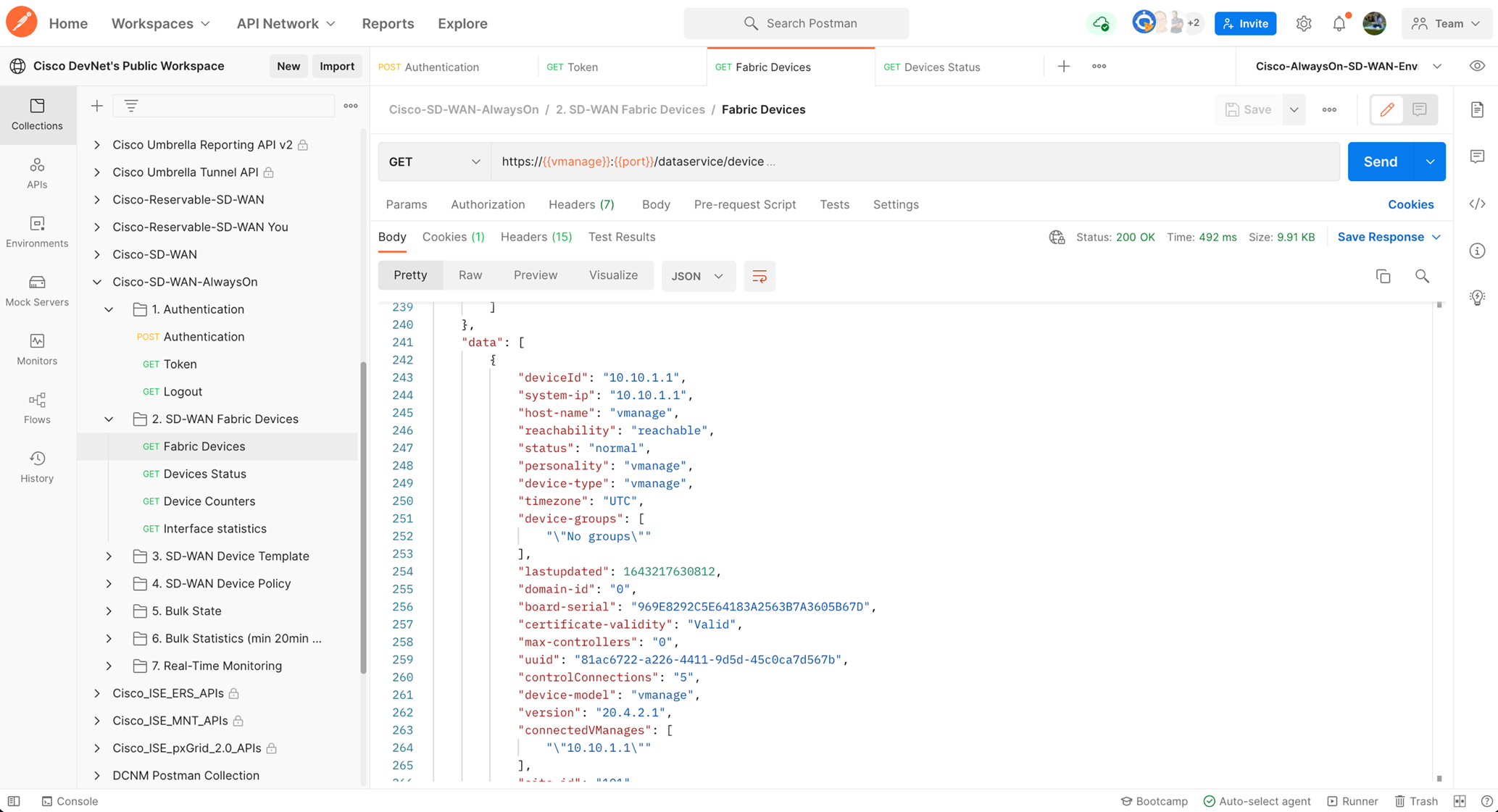I got my first electric guitar when I was thirteen years old. It was pretty basic – more like a cricket bat with strings. Over the years, as my guitar playing improved with practice, I saved money to put into a more professional guitar. I quickly discovered that keeping this guitar in tip-top playing condition took some effort. Some guitars (like mine) have many small parts which are complex to set up. A lot of hours playing can push these parts out of position and balance. So, each month, out comes the toolbox, polishing cloths, and fresh new strings. Tearing the guitar down and rebuilding and setting up became a routine.
SD-WAN Sandboxes get a refresh
The point is, cool stuff needs a periodic refresh. So, when it came time to refresh the SD-WAN sandboxes, out came the toolbox and the polish, and the instructions!
The refreshed SD-WAN Sandboxes are running release 20.4, The SD-WAN sandbox environment is pre-built with templates and policies for the following use cases:
- A topology that includes,
- 1 DC/Regional Hub IOS-XE SD-WAN router (CSR1000v),
- 2 IOS-XE SD-WAN (CSR1000v) branch routers with 1 router at each branch,
- 1 vEdge Cloud branch router.
- All these routers have the templates configured to leverage 2 transport circuits MPLS and Public Internet.
- Centralized hub-n-spoke control policy activated so that SD-WAN overlay tunnels are formed in Hub-n-Spoke topology with all spokes forming IPsec tunnels only with DC/Hub router. In addition, a WAN emulator which induces 200ms round trip latency and 0.05 loss on the link between Internet router and DC IOS-XE SD-WAN router.

Sandbox can provide traffic generation and policy activation. For application traffic generation, we are using python scripts to generate DNS requests for netflix.com, facebook.com, twitter.com, amazon.com and outlook.com.
Getting started
Getting started is easy using the new always-On SD-WAN sandbox using this prebuilt Postman collection.

The Postman collection has been extended with additional API requests including:
- Administrative and management APIs: Includes user, group and tenant management, software maintenance, backup and restore, and container management.
- Alarm and event APIs: Includes the alarm and event notification configuration, and alarm, event, and audit log queries.
- Configuration: Includes feature template, device template, device policy, device certificate, device action, action status, device inventory, and so on.
- Device real-time monitoring: Includes real-time monitoring of devices, links, applications, systems, and so on.
- Device state, statistics bulk APIs: Includes device states, aggregated statistics, and bulk queries.
- Troubleshooting and utility
Give it try yourself
Related resources
- Visit the DevNet Networking Dev Center to learn more about Cisco networking platforms, programmability and automation.
We’d love to hear what you think. Ask a question or leave a comment below.
And stay connected with Cisco DevNet on social!
LinkedIn | Twitter @CiscoDevNet | Facebook | Developer Video Channel

CONNECT WITH US